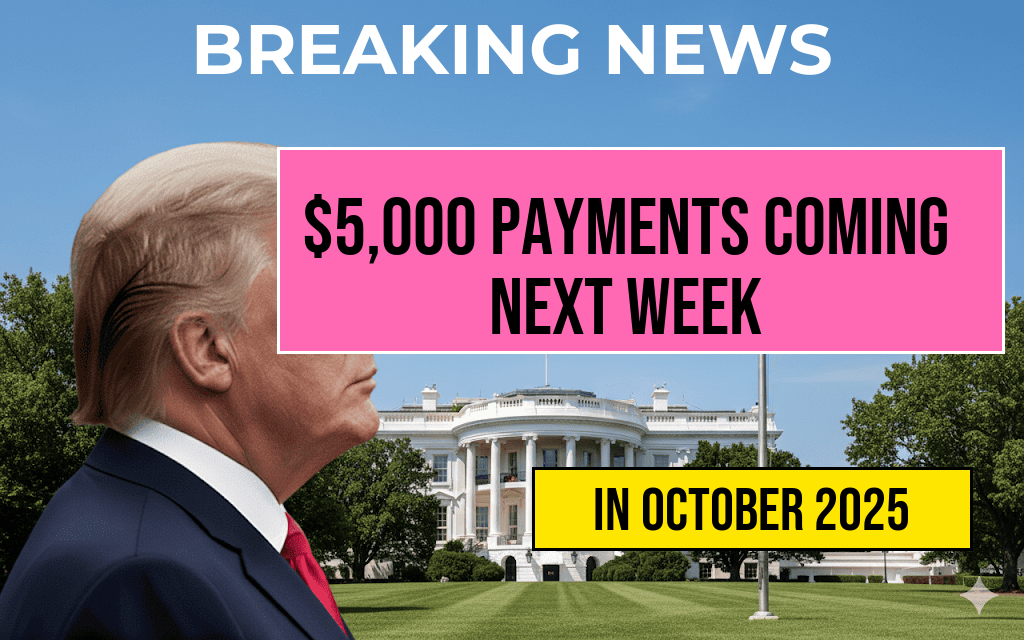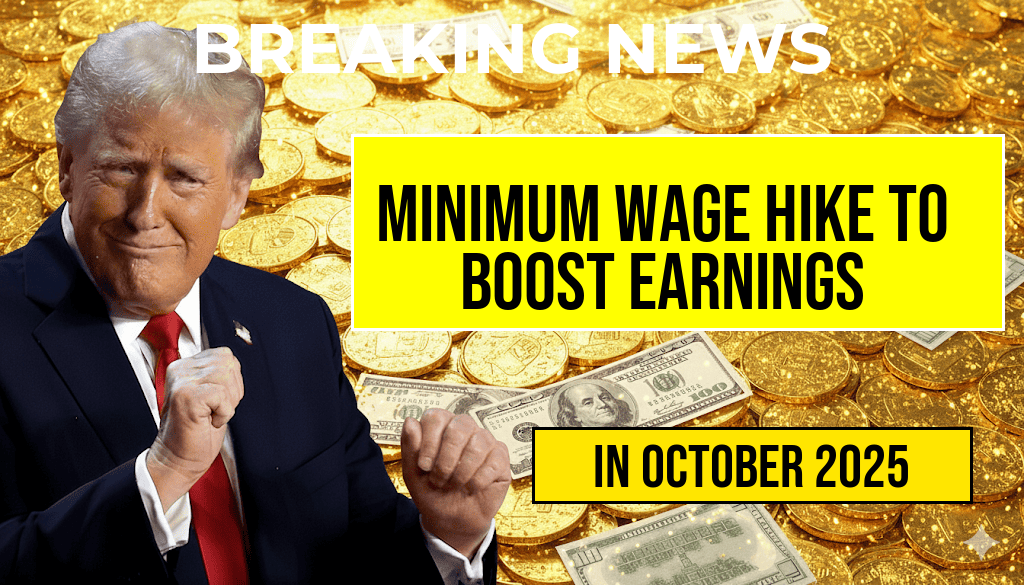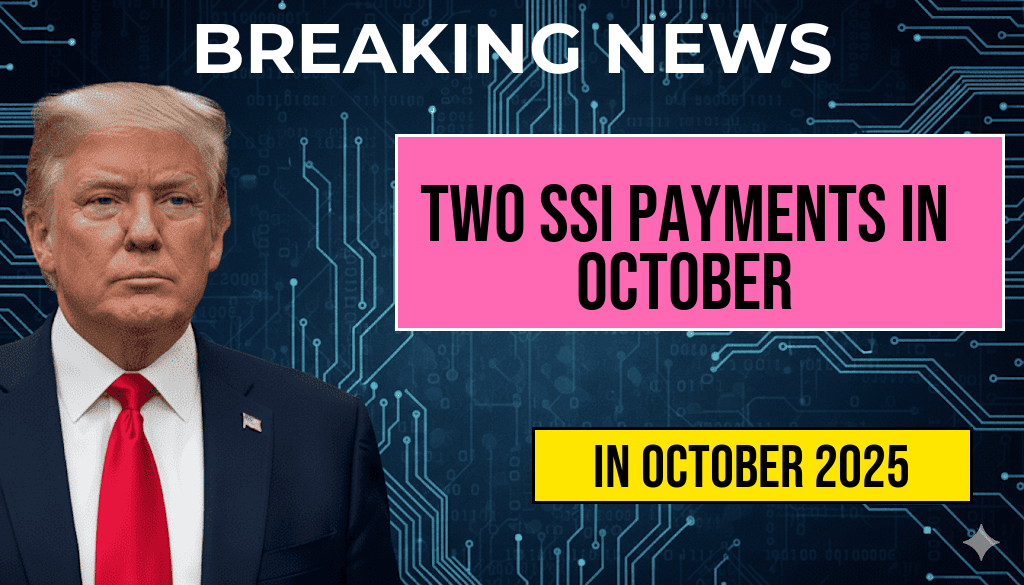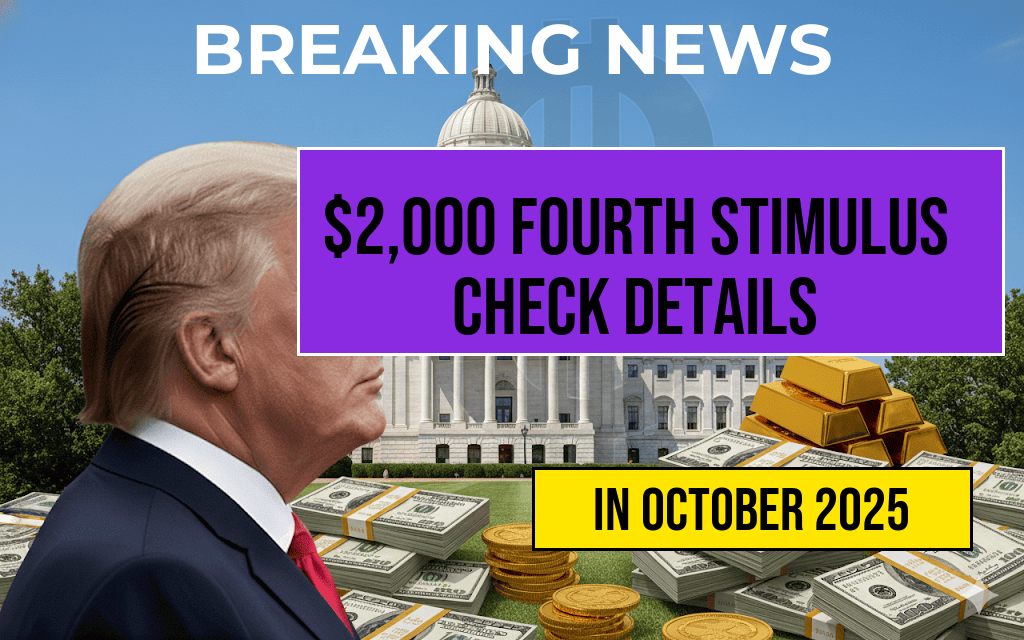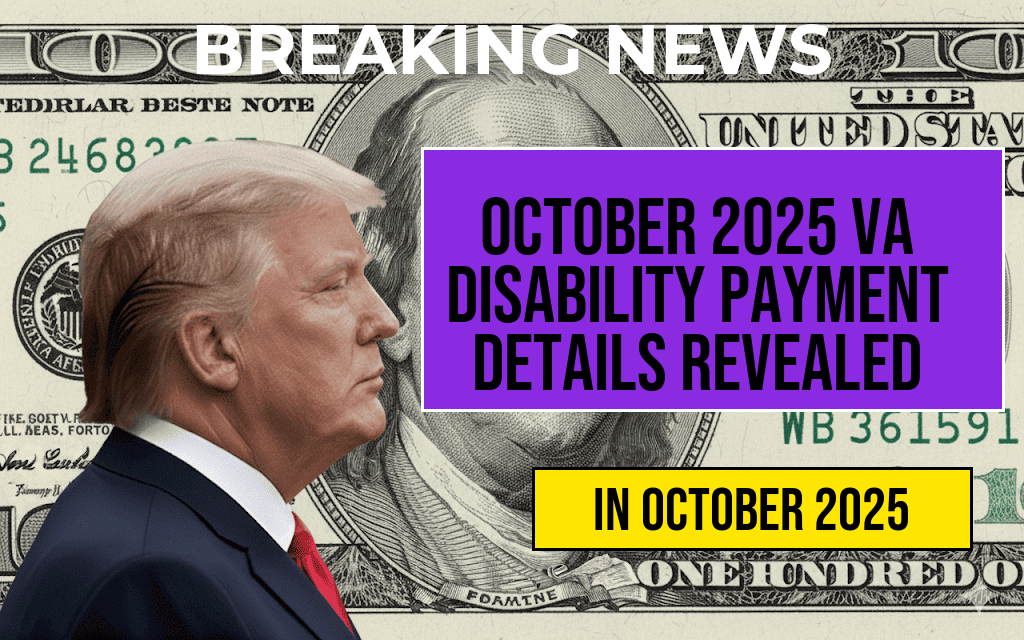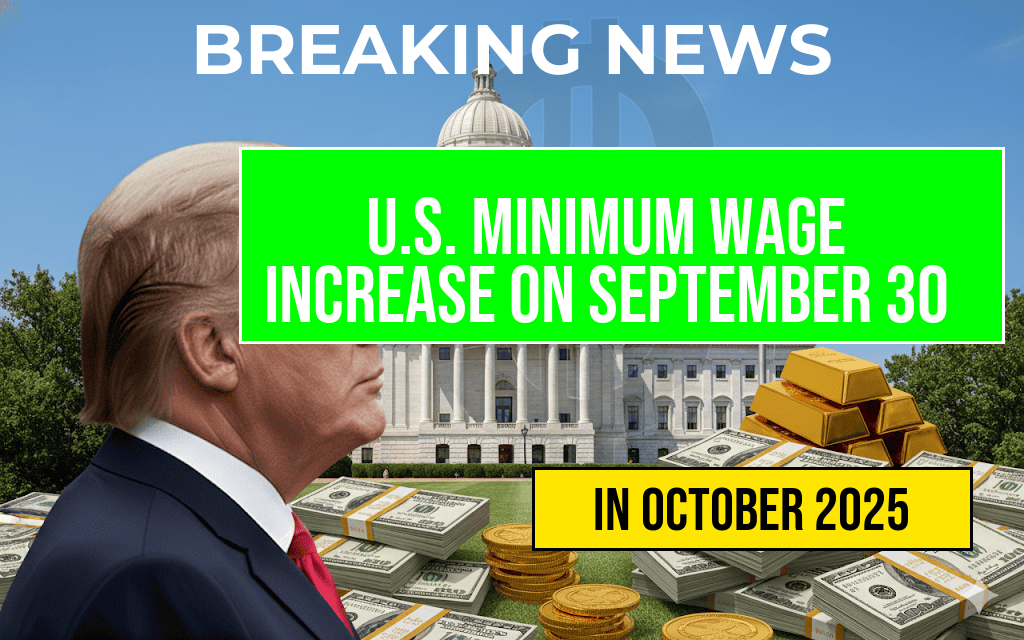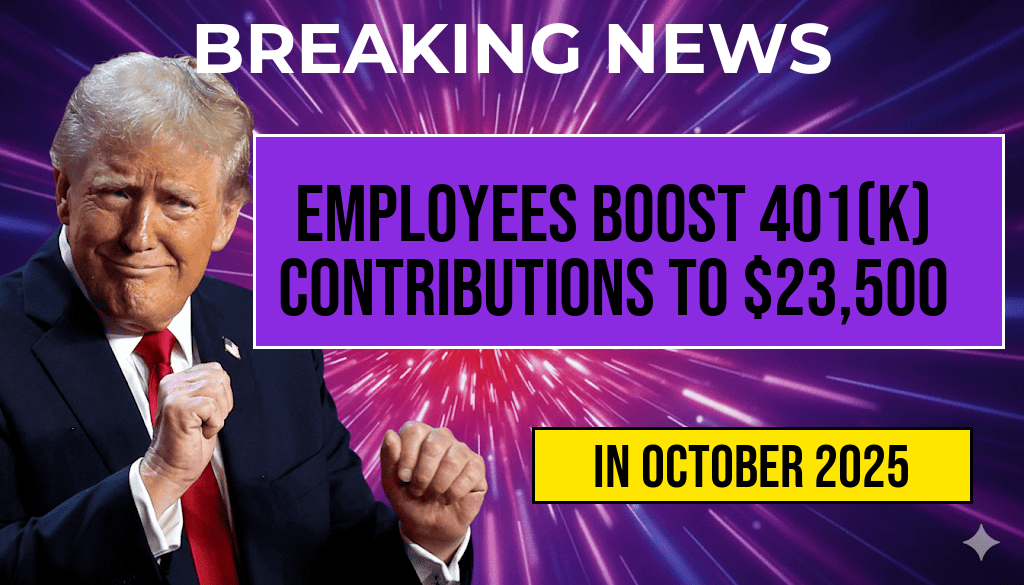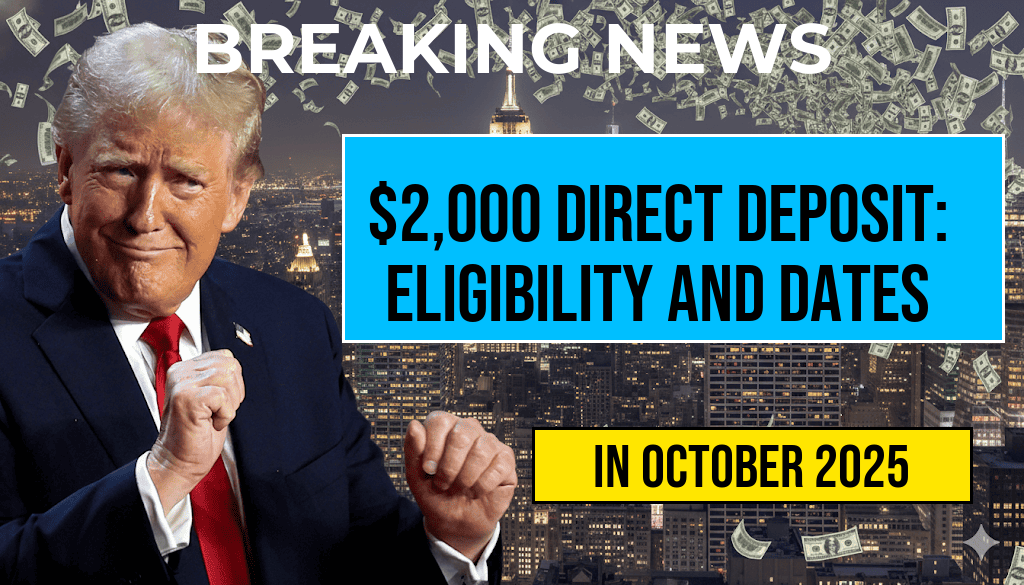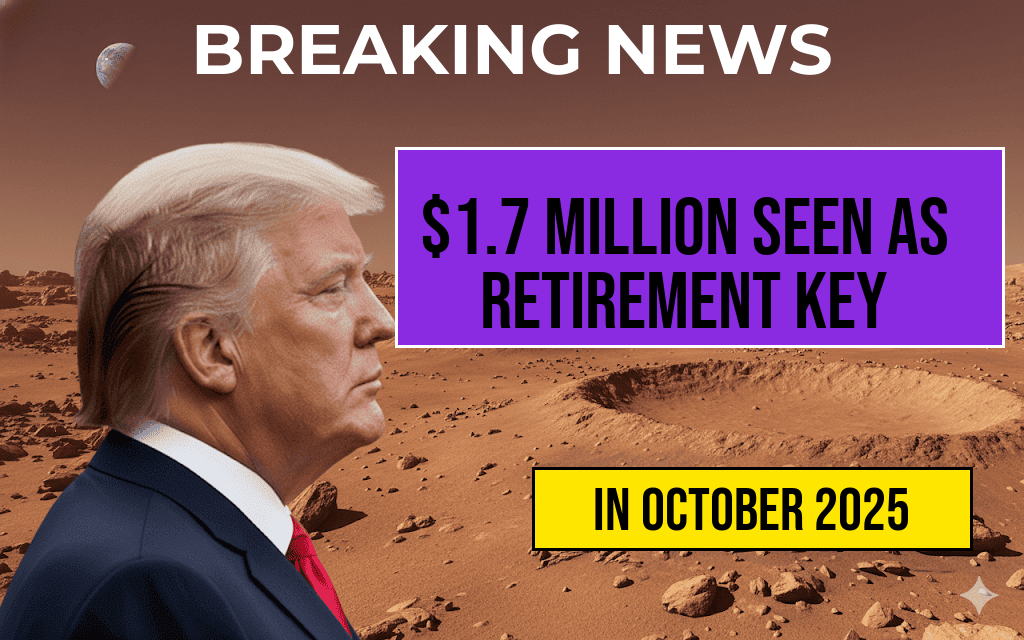Former President Donald Trump has recently voiced his support for the inclusion of high-risk cryptocurrencies in new 401(k) retirement plans. This proposal comes amid a growing debate about the role of digital currencies in traditional financial portfolios. Advocates argue that allowing cryptocurrencies in retirement plans could provide investors with greater diversification and potential for higher returns, while critics warn of the volatility and risks associated with these assets. As the U.S. Treasury and the Department of Labor weigh regulatory options, Trump’s endorsement could significantly influence the conversation surrounding the future of retirement savings and digital asset investments.
Understanding the Proposal
Trump’s advocacy for high-risk cryptocurrencies in 401(k) plans aligns with his broader push for financial innovation and personal investment freedom. During a recent rally, he emphasized the need for American investors to have the ability to choose their retirement investment vehicles, including those that involve emerging technologies like blockchain and cryptocurrencies.
Why High-Risk Cryptocurrencies?
High-risk cryptocurrencies, such as Bitcoin and Ethereum, have gained popularity among investors for their potential to yield substantial returns. However, their inherent volatility raises concerns among financial planners and regulators. Trump argues that the potential rewards outweigh the risks, particularly for younger investors who have time to recover from market fluctuations.
Potential Benefits
- Diversification: Including cryptocurrencies in retirement accounts allows for a broader range of assets, which can help mitigate losses during market downturns.
- Higher Returns: Historical data suggests that cryptocurrencies have outperformed traditional investments over the past decade, attracting those willing to take calculated risks.
- Innovation: Supporting cryptocurrency in retirement plans reflects a commitment to embracing new financial technologies that could drive economic growth.
Concerns and Criticism
Despite the potential benefits, many financial experts caution against the inclusion of high-risk cryptocurrencies in 401(k) plans. Critics argue that the volatility of these assets could jeopardize retirement savings, particularly for individuals nearing retirement age who may not have the ability to absorb significant losses. The unpredictability of cryptocurrency markets can lead to substantial fluctuations in value within short time frames.
Regulatory Landscape
The Department of Labor has been reviewing the implications of including cryptocurrencies in retirement plans, focusing on how to protect investors from potential pitfalls. Current regulations require that investment options in 401(k) plans meet certain standards of prudence and diversification. The debate surrounding Trump’s proposal has prompted discussions on how to establish guidelines that ensure investor protection while promoting innovation.
| Aspect | Traditional Investments | Cryptocurrencies |
|---|---|---|
| Volatility | Low to Moderate | High |
| Historical Returns | Stable Growth | High Potential |
| Regulatory Oversight | Strong | Limited |
| Investment Horizon | Long-term | Varied |
Impact on Retirement Savings
The potential inclusion of cryptocurrencies in 401(k) plans could reshape how individuals approach retirement savings. Proponents believe that allowing high-risk investments could empower younger investors to take control of their financial futures. However, it’s essential to balance this innovation with adequate investor protections to prevent significant financial distress.
Community Reactions
The response to Trump’s proposal has been mixed among financial professionals and investors. Some view it as a progressive step towards modernizing retirement savings, while others express concern about the readiness of the current regulatory framework to handle the complexities of digital assets.
Conclusion
As the conversation around cryptocurrency in retirement plans continues to evolve, Trump’s endorsement may serve as a catalyst for further discussion among policymakers and financial institutions. The balance between innovation and investor protection will be crucial in determining how the future of retirement savings unfolds in the age of digital currencies.
For further reading on the implications of cryptocurrency in investment plans, you can visit Forbes or learn more about digital assets on Wikipedia.
Frequently Asked Questions
What is the main proposal made by Trump regarding 401(k) retirement plans?
Trump advocates for the inclusion of high-risk cryptocurrency options in new 401(k) retirement plans to provide investors with more diverse opportunities.
Why does Trump believe high-risk cryptocurrency should be included in retirement plans?
Trump believes that incorporating high-risk cryptocurrency investments can lead to greater potential for growth in retirement savings, appealing to younger investors seeking modern investment options.
What are the potential risks of including cryptocurrency in 401(k) plans?
Investing in cryptocurrency carries inherent risks such as market volatility, regulatory changes, and the potential for significant financial loss, which could impact retirement savings.
How might investors benefit from adding cryptocurrency to their 401(k) plans?
Including cryptocurrency in 401(k) plans could provide investors with access to a rapidly growing market, potentially increasing their retirement portfolio diversification and overall returns.
What are the current regulations surrounding cryptocurrency in retirement accounts?
Currently, the regulations around cryptocurrency in retirement accounts are evolving, and the inclusion of these assets may require adjustments to ensure compliance with existing retirement plan laws.

